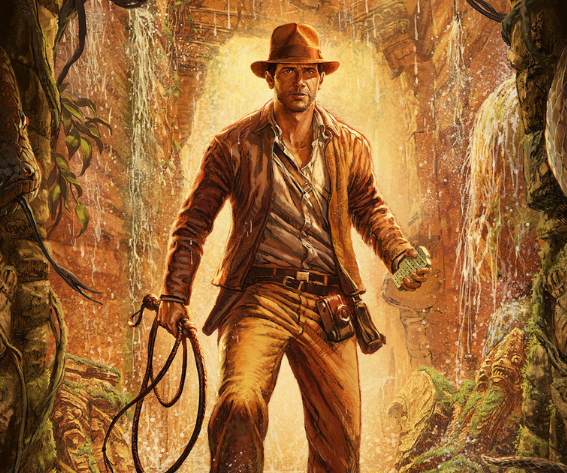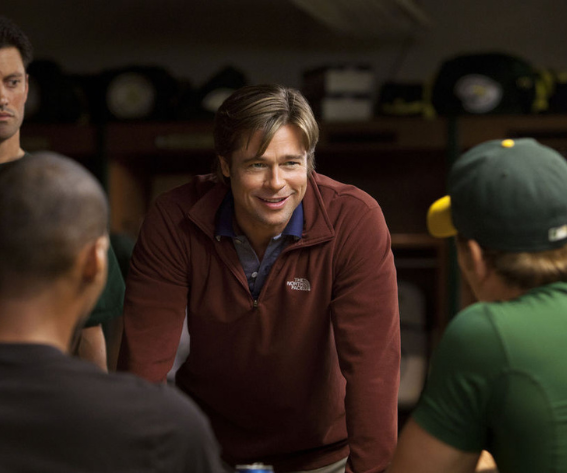The impact of Indiana Jones on popular culture is hard to overestimate, and few film heroes can leave such an impression. His adventures were first introduced in the 1980s and combined historical interest, heart-thumping action, and character-based storytelling in a manner that redefined the adventure genre in cinema. Directors, screenwriters, and cinematographers have all referenced the franchise as an example of what can be called a golden standard of pacing, character development, and effects that still work even now.
Today, several decades after Raiders of the Lost Ark was released in theatres, the legendary archaeologist is going to embark on a new adventure not only on the big screen but also in the interactive realm of gaming. However, even as fans are thrilled by the fact that there is a new Indiana Jones game, the bigger question that filmmakers and storytellers should ask is as follows: how do you maintain the spirit of cinema in a medium that is designed to be played through?
Indiana Jones and the Movie History
The movies are standards in filmmaking art. The direction by Spielberg was a combination of the grandiose set pieces, the close-up character moments, and the memorable score by John Williams, which taught generations of filmmakers how music can be used to enhance the story. Practical stunts and location shooting were also used, which gave it the authenticity that digital effects can usually only imitate.
These film methods influenced not only the way films were produced but also the way the stories were translated into other media. The dilemma facing developers nowadays is the same as it was decades ago: how to strike a balance between spectacle and substance, making sure that thrills are used to support the story, not to drown it.
Learnings in Past Adaptations
Efforts to bring the adventures of Indy to games have been both successful and unsuccessful. Some previous titles were heavier on puzzles and exploration, and others attempted to replicate the breakneck speed of action sequences. However, as with most video game franchises based on movies, the challenge has been to maintain the tension of the movie and provide freedom to the player.
It is here that the techniques of filmmaking can offer a guide. Similarly to how editing influences the emotions of the audience in film, level design and pacing influence the emotions of the players in the game. The role of a screenplay is reflected in dialogue, character decisions, and story beats. Should the new release be able to lean on these lessons, it can become less of a game adaptation and more of an expansion of the cinematic universe.
Entertainment and Narrative Escapism Online
Although the filmmaking industry still prevails in the entertainment sector worldwide, interactive media are on the rise. Online communities, streaming services, and even casual platforms, including players playing slots at 32Red, all suggest a desire to have an immersive, story-driven experience. The major similarity is the need of the audience to escape, be it in a two-hour movie, a streaming series, or a highly detailed game.
In the case of Indiana Jones, this fusion of media is becoming more and more popular. An effective game would be more than entertainment, but transmedia storytelling – expanding the mythos that film created and adding to the cultural presence of the franchise.
Moviemaking Rules of Game Trailers
The trailers of the next Indiana Jones game show a fine sense of cinematic language: active camera shots, light effects, and thematic references to the classic plot lines of the films. These choices are not only style-wise; they are a reference to the filmmaking grammar that brought the franchise to household-name status.
The game is, in a sense, trying to do what filmmakers have always been trying to do, which is to bring the audience into a realistic world where narrative stakes are pressing and the emotional investment is natural.
Final Thoughts
The new Indiana Jones game is at the intersection of film and interactive storytelling. Although games will never be as immersive as cinema, they can use its vocabulary (mise-en-scène, pacing, character arcs, etc.) to make something that is both recognisable and new.
Should it succeed, it will become one of the examples of how the principles of filmmaking can be applied to other media, making sure that Indiana Jones will remain the inspiration of not only moviegoers but also gamers, storytellers, and creators, even in future generations.









Leave a reply